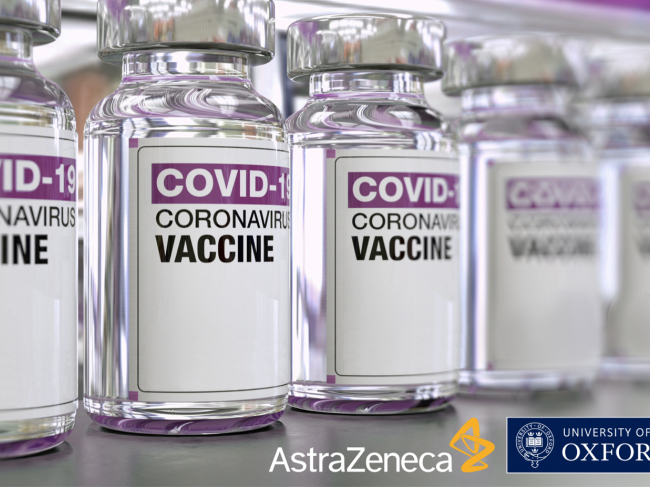23 November 2020

Preliminary results from the Oxford/AstraZeneca vaccine trial indicate up to 90 per cent effectiveness.
Following release of interim results from large-scale trials of the Pfizer BioNTech, Moderna and Sputnik COVID-19 coronavirus vaccine programmes, Oxford/AstraZeneca published a peer-reviewed paper in The Lancet on 19 November with data on safety and effectiveness, focusing on the immune response it triggered in healthy people aged between 56 and 69, and the over-70s.
The Oxford team followed this up on 23 November with an announcement of up to 90 per cent protection across its trial, depending on how the doses were given. The Oxford preparation uses highly reproducible methodology, important both because it makes the vaccine suitable for mass production and because it is familiar to Britain’s statutory Medicines and Healthcare products Regulatory Agency.
Fridge temperature
Crucially, this vaccine – unlike, for example, the Pfizer BioNtech one, which must be stored at minus 70 degrees Centigrade – can be stored at fridge temperatures, enabling it to be distributed by existing systems.
Temperature matters, particularly in developing countries which would effectively be unable to keep and distribute vaccines frozen so deep, but also in Britain, where deployment would be both costly and cumbersome, being limited to a small number of centres with the required equipment.
As a rule of thumb, it takes about 10 years to develop and roll out a vaccine from scratch. To do this in less than a year is an astounding achievement. The speed has been helped from the beginning by the regulator’s rolling review of progress alongside the investigators, which will speed up future statutory approval and product licensing (an approach adopted by many countries).
Good news for older people
The paper published on 19 November provided great news for a virus which has taken a disproportionate toll on older people. Our cells and our immune systems tend to operate less well as we age, resulting in a lower response to immunisation: in those in the trial over 70 and above, the anticipated immune response was undiminished.
In further good news, side effects were uniformly mild and no serious safety issues related to vaccine administration were identified during the trial.
In anticipation of regulatory approval, the Oxford/AstraZeneca virus is already being manufactured in ten sites around the world, including at the Oxbox facility run by Oxford Biomedica.
Transmission
It will take more research to show whether the vaccine confers a protective effect over time, and whether it can prevent the virus being transmitted between individuals. Also awaited is evidence that it will also work well in elderly patients with significant underlying medical conditions. This will be an important consideration in deployment to elderly people in nursing homes.
The scientists involved in developing vaccines against Covid-19 coronavirus – wherever they are based – are part of a global collaboration that has achieved the near impossible in record time. We should celebrate their achievements irrespective of country or sector. And remember: one vaccine may not be able to rid us this disease on its own. It is more likely that a suite of vaccines will be required to protect us.
• No fewer than 54 vaccines are in clinical trials on humans (including two in Cuba at the Finlay Vaccine Institute), and at least 87 possible vaccines are being tested on animals according the coronavirus vaccine tracker published by The New York Times.
